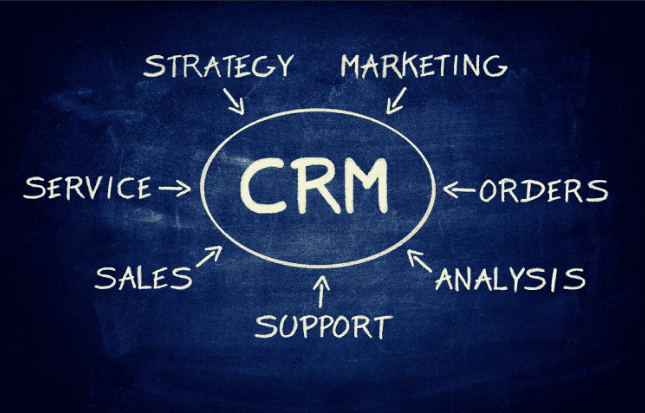Discover why CRM operations is critical to your go-to-market strategy
In today’s fast-paced business landscape, harnessing the power of data is no longer a luxury-it’s a necessity. And at the heart of this data revolution lies your Customer Relationship Management (CRM) system. But having a CRM in place is only the first step towards data-driven decision-making. To truly bring your CRM to life and leverage its full potential, you need to establish a strong go-to-market strategy supported by three key pillars: data quality, analytics, and integration.
Pillar 1: Data Quality
Data is the lifeblood of any CRM system. However, if your data is incomplete, inconsistent, or outdated, it can lead to inaccurate insights and, consequently, poor decision-making. Data quality is the foundation upon which your go-to-market strategy must be built.
To ensure data quality, it is crucial to define data standards, establish data governance processes, and implement data validation procedures. Regularly cleansing and de-duplicating your CRM data is also essential to maintain its integrity. By investing in data quality, you can trust the information stored in your CRM and make data-backed decisions with confidence.
Pillar 2: Analytics
Data on its own is valuable, but its true potential is unlocked through powerful analytics. By leveraging advanced analytical tools and techniques, you can extract actionable insights from your CRM data. These insights provide a deep understanding of your customers, market trends, and sales performance.
To implement effective analytics, it is crucial to define key performance indicators (KPIs) aligned with your go-to-market strategy. These KPIs should be measurable, relevant, and consistent. Utilizing dashboards and visualizations can also help you digest complex data and identify patterns, enabling you to make informed decisions with speed and precision.
Pillar 3: Integration
To fully harness the power of your CRM system, it must be seamlessly integrated with other essential tools and systems within your organization. Integration enables the flow of data across different departments, allowing for a holistic view of your customers and your business operations. When all your systems work together seamlessly, you can streamline processes, eliminate silos, and drive efficient go-to-market strategies.
To achieve integration, consider adopting modern API-driven solutions that facilitate data sharing and synchronization between your CRM and other systems, such as marketing automation platforms, ERP software, and customer support tools. Integration not only enhances data accuracy but also ensures consistency across various touchpoints, delivering a superior customer experience.
Conclusion
In today’s data-driven world, bringing your CRM to life is vital to crafting effective go-to-market strategies. By focusing on the three pillars of data quality, analytics, and integration, you can unlock the true potential of your CRM system and drive better business outcomes.
To thrive in the modern marketplace, businesses must embrace the power of data-backed decision-making. Investing in best practices for data management and analytics will enable you to stay ahead of the competition, make strategic choices, and foster long-term customer relationships. Bring your CRM to life, and let data fuel your go-to-market success.
Contact Us Today
Helping Marketers & Sales Teams
🚀 Reach their perfect buyer
🚀 Access data
🚀 Connect data across marketing channels
🚀 Govern data + ensure integrity
🚀 Measure impact + inform next best investments
🚀 Sales intelligence & optimization
🚀 Managed marketing services

